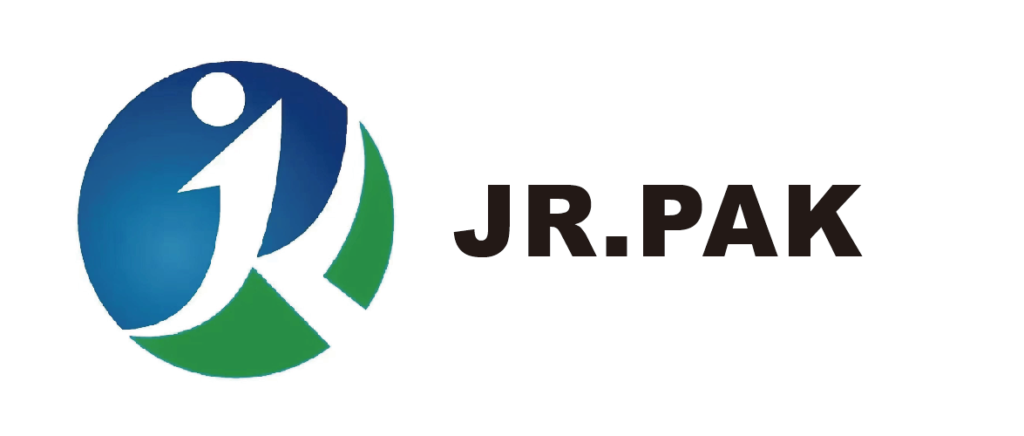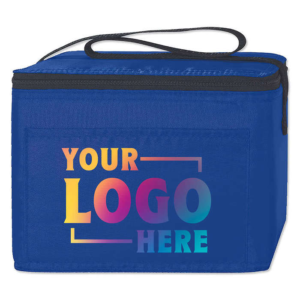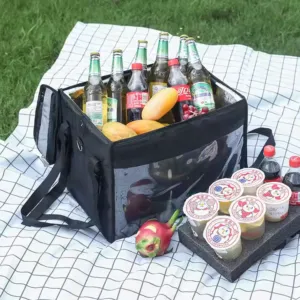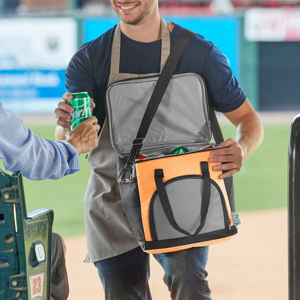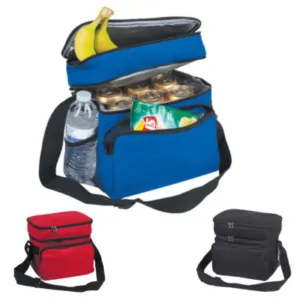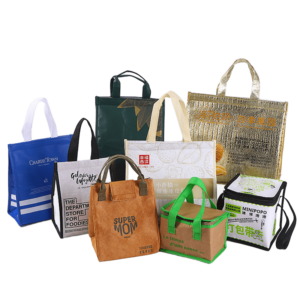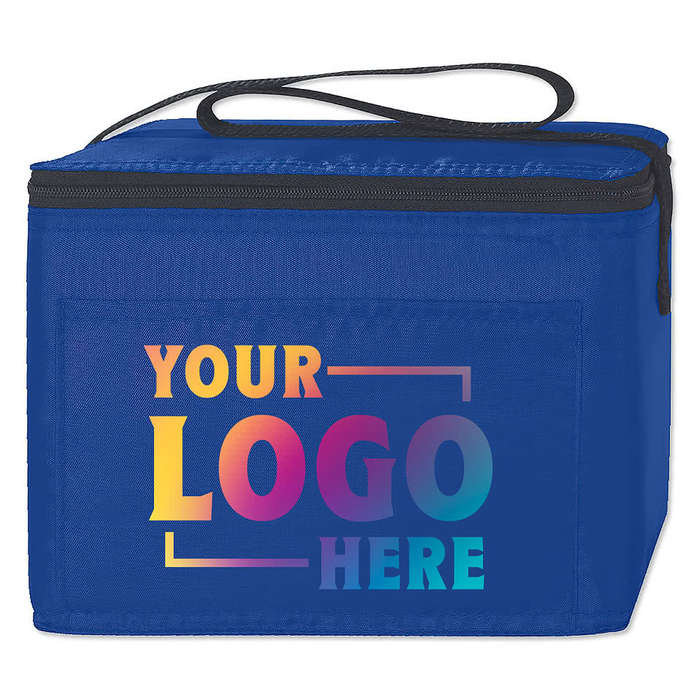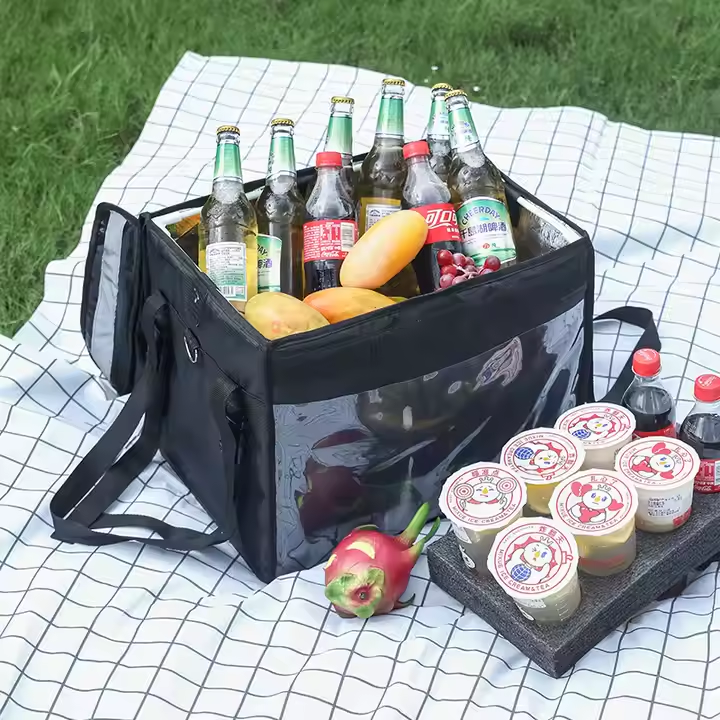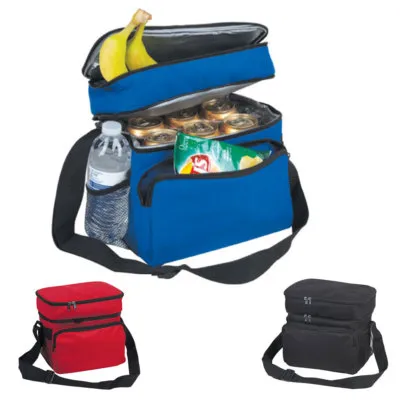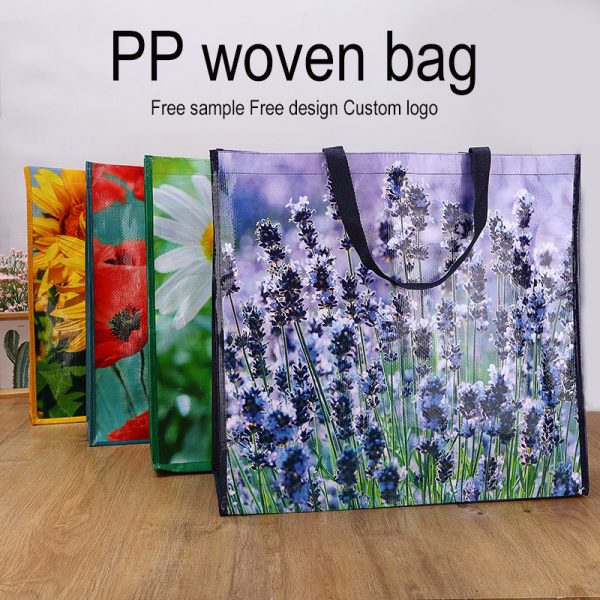
Retailers lose customers due to poor packaging choices. But PP woven shopping bags1 solve many of these problems with durability and custom branding options.
PP woven shopping bags are strong, reusable, customizable, and water-resistant, making them ideal for carrying retail goods in bulk or over time.
Many retailers don’t realize that switching to better packaging can improve customer retention. Let me explain why PP woven bags make sense.
What are PP woven bags used for?
Retail packaging often breaks or underperforms. PP woven bags solve this with strength, structure, and flexibility.
PP woven bags are used for shopping, packaging, advertising, promotions, and storage due to their durability and customization options.
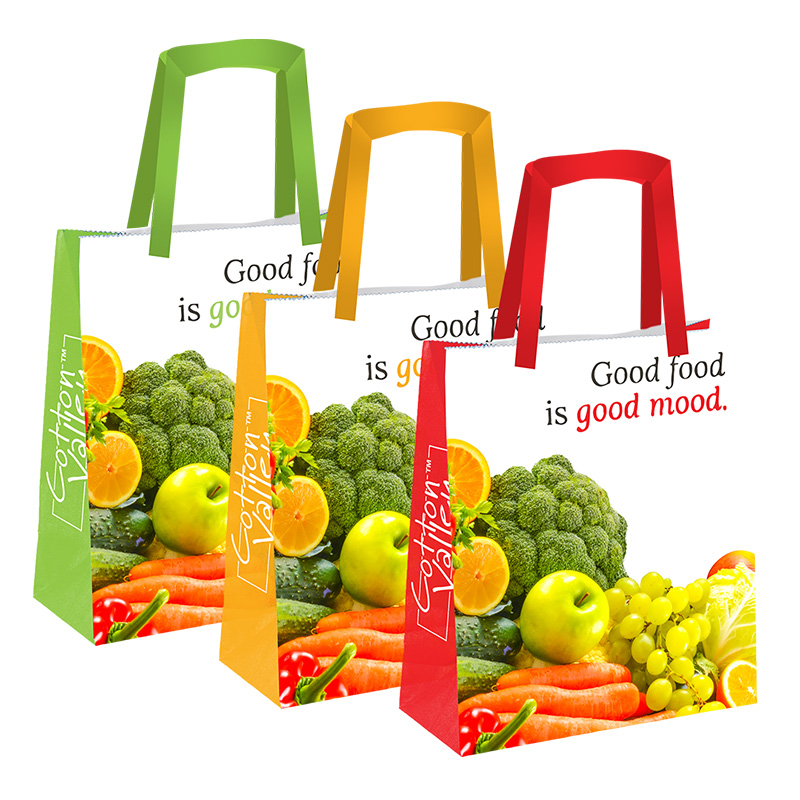
Where PP Woven Bags Fit in Retail
PP woven bags are made by weaving polypropylene strips together. This structure makes them stronger than most single-use plastic or paper bags. They are widely used in retail settings such as supermarkets, shopping malls, and wholesale markets.
Common Use Cases
| Application | Description |
|---|---|
| Grocery Shopping | Carries heavy loads like fruits, vegetables, and bottled drinks |
| Clothing & Apparel | Used in fashion retail for large, branded bags |
| Promotional Events | Branded giveaways at exhibitions and events |
| Wholesale Packaging | Bulk packaging for manufacturers and exporters |
| Household Reuse | Repurposed by consumers for everyday use at home or work |
Because PP woven bags are reusable, customers often keep using them. This gives long-term visibility to the retailer’s brand. I’ve seen clients who told me their customers still use a branded bag years after they received it. That’s powerful advertising without any extra cost.
What is the best material for shopping bags?
Most shopping bags tear too easily or harm the environment. The right material solves both problems.
PP woven fabric is among the best materials for shopping bags due to its strength, printability, and long service life.
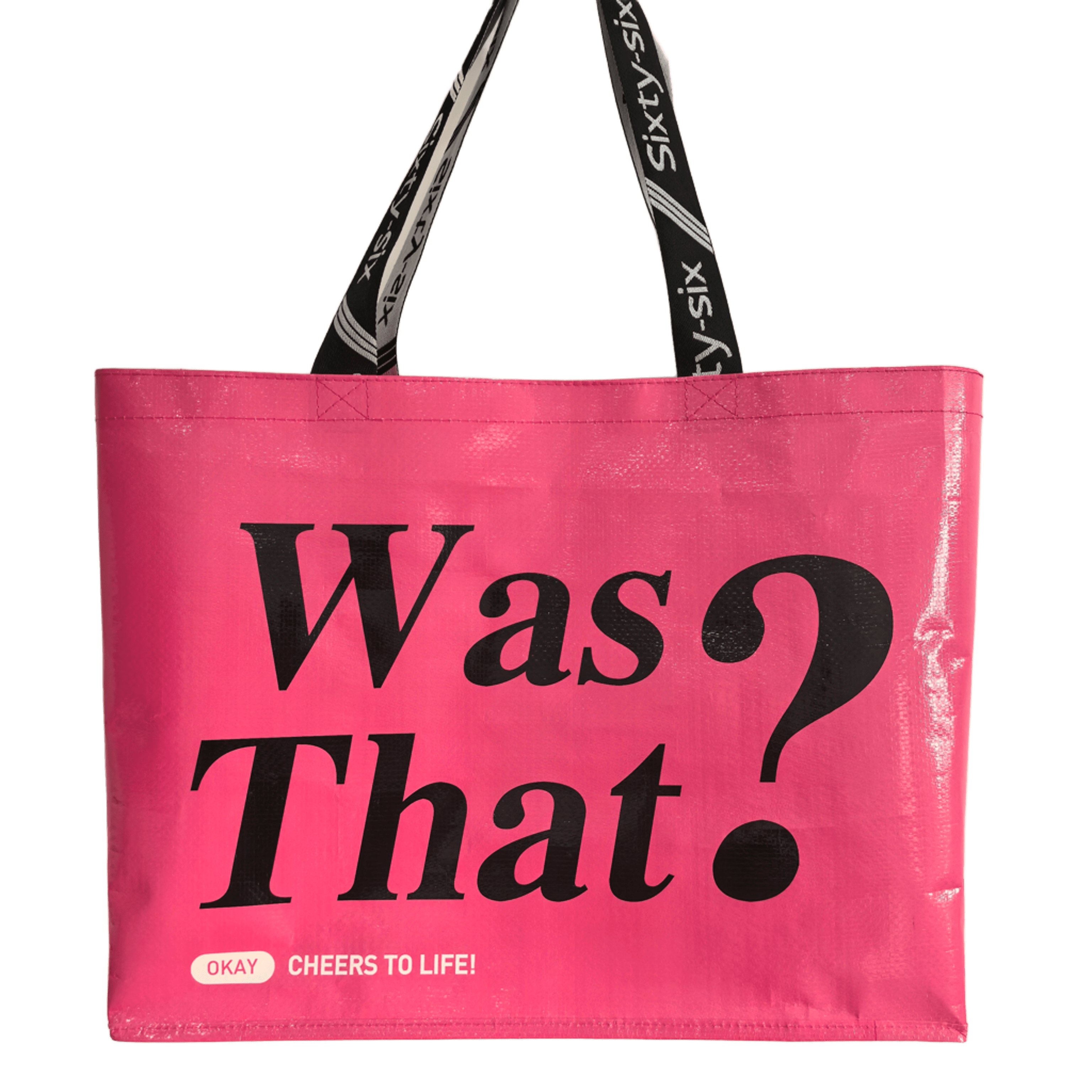
Comparing Bag Materials for Retail
The quality of the shopping experience often begins with the bag. Customers judge your brand based on it. Below is a comparison of common materials used in retail:
| Material | Durability | Reusability | Eco-Friendliness | Cost | Customizability |
|---|---|---|---|---|---|
| PP Woven | High | High | Medium | Low | Excellent |
| Non-Woven | Medium | Medium | High | Low | Good |
| Paper | Low | Low | High | Medium | Good |
| Cotton | Very High | Very High | Very High | High | Excellent |
| Single-use Plastic | Low | None | Very Low | Very Low | Limited |
While cotton bags are more eco-friendly, their cost and weight limit their use in everyday retail. PP woven bags offer a great balance—strong, light, cost-effective, and customizable. In my experience, many wholesalers from Europe and Southeast Asia prefer them for precisely this reason.
What are the disadvantages of polypropylene bags2?
Every packaging choice has trade-offs. Knowing the downsides of PP woven bags helps in better planning.
Disadvantages of polypropylene bags include lower biodegradability, potential for microplastic pollution, and limited recyclability in some regions.
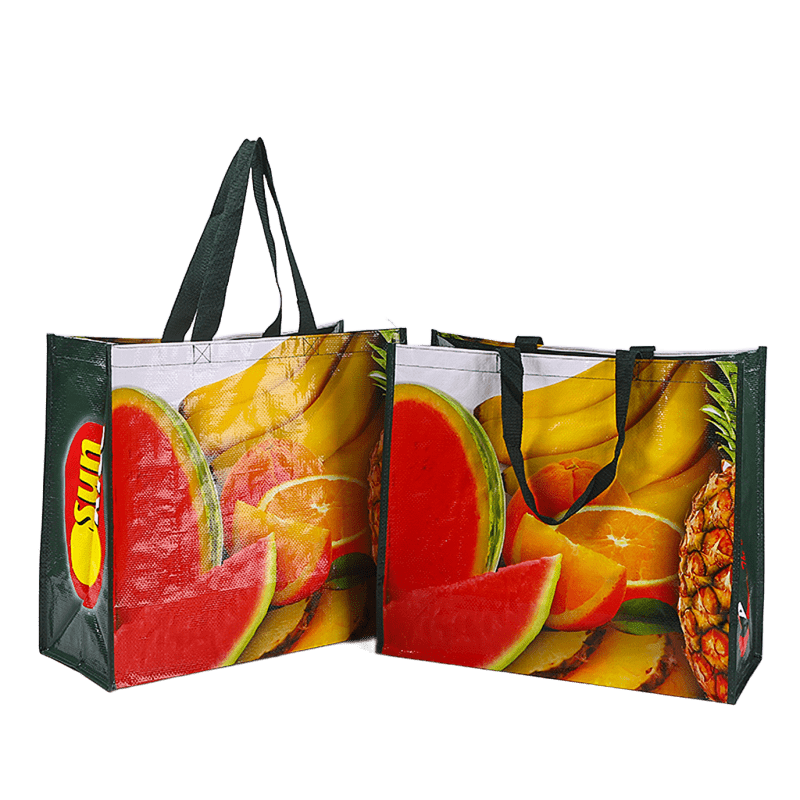
The Downsides of PP Woven Bags
While I strongly advocate PP woven bags for retail use, it’s only fair to mention the drawbacks.
Environmental Concerns
Polypropylene is a type of plastic. It does not break down easily in the environment. If not recycled or reused, it can add to landfill waste. This matters more in countries with weak waste management systems.
Recyclability Limits
While PP woven bags can be recycled, the reality is that many local systems do not process them due to contamination from food or ink. In some places, recycling plants do not accept them at all. This weakens their environmental benefit compared to non-woven or paper bags.
Public Perception
Because these bags look synthetic, some customers associate them with “cheap plastic.” Unless the branding is well-done, it can affect how they view your product.
| Disadvantage | Impact on Retailers |
|---|---|
| Non-biodegradable | Affects environmental policies in some countries |
| Limited recycling | Requires retailer education efforts |
| Negative customer view | Needs better design and branding |
Despite these, many of my clients choose to mitigate the impact through awareness campaigns and by encouraging reuse. PP woven bags are not perfect, but their advantages usually outweigh the drawbacks.
What is one advantage of plastic shopping bags?
Plastic bags get a bad name, but not everything about them is wrong.
One key advantage of plastic shopping bags is their extremely low cost, which makes them ideal for short-term or high-volume retail use.
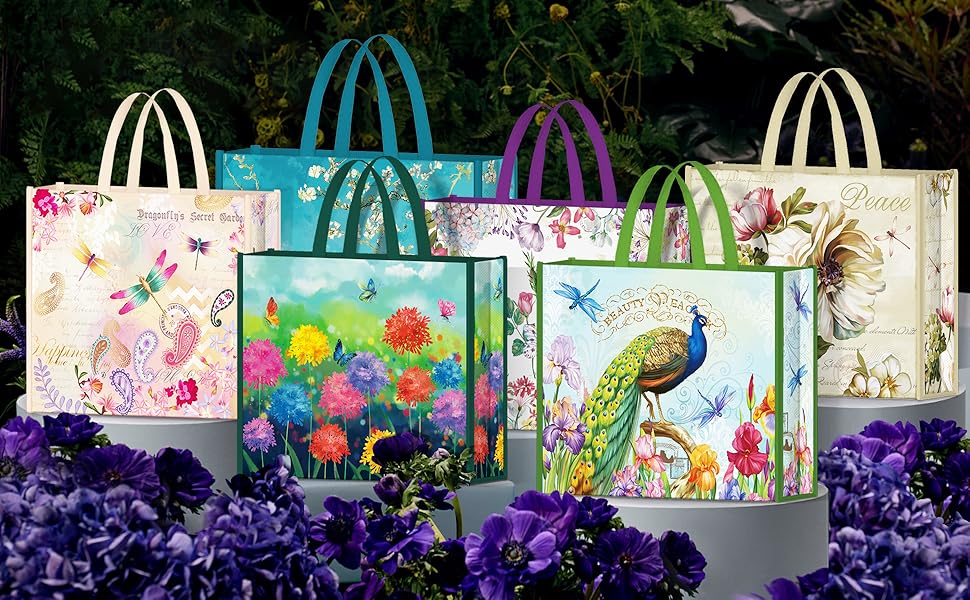
Why Plastic Still Matters
Plastic shopping bags3 are still widely used, especially in developing markets. The cost per bag is often less than a penny. For small businesses or stalls selling fast-moving goods, cost matters more than reusability.
Short-Term Efficiency vs Long-Term Impact
Plastic bags are:
- Light
- Waterproof
- Extremely cheap
- Readily available
But they are also single-use, harmful to the environment, and banned in many areas.
| Plastic Bag Benefits | Use Case |
|---|---|
| Ultra-low cost | Temporary use for food stalls or kiosks |
| Water-resistant | Protects frozen or liquid products |
| Space-saving | Easy to store in bulk |
| Customer familiarity | Easy to distribute and recognize |
Retailers looking to shift from plastic to PP woven bags can still maintain many of these benefits—especially waterproofing and bulk pricing—while adding sustainability and branding. That’s why more buyers from North America and Japan are asking us for PP woven bags with plastic-like finish but reusable function.
Conclusion
PP woven bags are strong, affordable, and reusable, making them a practical retail choice despite minor environmental trade-offs.
-
Understanding the environmental impacts of plastic shopping bags can help you make informed choices about their use and alternatives. ↩
-
Explore the advantages of PP woven shopping bags to enhance your retail strategy and improve customer retention. ↩
-
Learn about the drawbacks of polypropylene bags to make informed packaging decisions for your business. ↩
